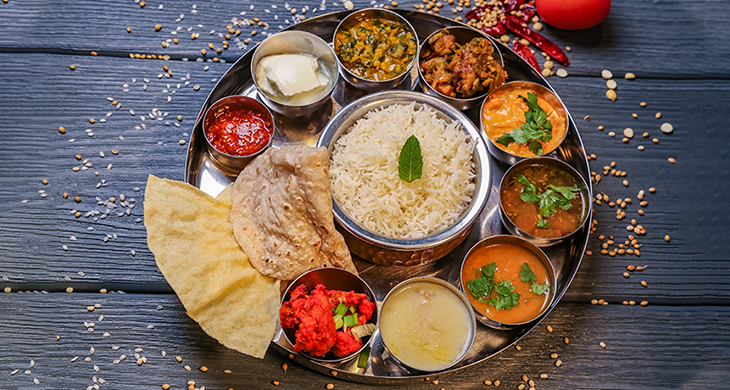Best Options for Indian Cuisine
Choosing the right cooking oil is a vital part of cooking, especially in Indian cuisine, where oil is not just a cooking medium but also a flavour enhancer that brings out the best in spices and ingredients. The diversity in Indian cuisine, from the tandoori dishes of the North to the coconut-based curries of the South, necessitates a variety of cooking oils.
Understanding Cooking Oils
Before diving into the best oils for Indian cuisine, let’s understand what to consider when choosing a cooking oil :
- Smoke Point: This is the temperature at which oil starts to smoke and break down, leading to a loss of nutritional value and the development of harmful compounds. Oils with a high smoke point are suitable for frying and high-heat cooking.
- Flavour: Some oils have a neutral taste, while others add a distinct flavour. The choice of oil can enhance or interfere with the flavour profile of a dish.
- Nutritional Value: Oils can vary greatly in their nutritional content, including the balance of saturated, monounsaturated, and polyunsaturated fats, as well as the presence of vitamins and antioxidants.
Best Cooking Oils for Indian Cuisine:
1. Mustard Oil- A staple in Eastern, and North Indian states, mustard oil has a high smoke point and a strong, pungent aroma that is characteristic of many regional dishes. It’s rich in monounsaturated fats and has antibacterial and anti-inflammatory properties.
Check out out Pure Kachi Ghani (Coldpress) cooking oil!
2. Coconut Oil- Predominantly used in Southern Indian cuisine, coconut oil adds a sweet and nutty flavour to dishes. It has a medium-high smoke point and is rich in medium-chain triglycerides (MCTs), known for their health benefits.
3. Groundnut (Peanut) Oil – With a high smoke point, groundnut oil is excellent for deep-frying and stir-frying. It has a neutral taste that doesn’t overpower the flavour of spices used in Indian cooking.
4. Sesame Oil- Used in Indian as well as other Asian cuisines, sesame oil adds a rich, nutty flavour to dishes. It’s best used in low to medium-heat cooking and is rich in antioxidants and healthy fats.
5. Sunflower Oil- A neutral oil with a high smoke point, sunflower oil is versatile and can be used in various Indian dishes without altering their taste. It’s high in vitamin E and low in saturated fat.
6. Soyabean Oil- Soyabean oil is another versatile option with a high smoke point, making it suitable for a wide range of cooking methods, including frying and sautéing. It has a neutral flavour, which allows the rich spices of Indian cuisine to shine through. Soyabean oil is also a good source of omega-3 fatty acids and vitamin E, contributing to its nutritional profile without altering its taste.
Tips for Choosing and Using Cooking Oils:
- Match the Oil to the Cooking Method: Use oils with a high smoke point for frying and high-heat cooking, and reserve low smoke point oils for dressings and low-heat cooking.
- Consider the Dish’s Regional Origin: Opt for oils traditionally used in the cuisine of the dish’s region for authenticity and flavour.
- Rotate Oils: To ensure a balanced intake of various nutrients, rotate between different types of cooking oils.
The choice of cooking oil can significantly influence the healthfulness, flavour, and authenticity of Indian dishes. By understanding the properties of different oils and matching them to the needs of each dish, you can elevate your Indian cooking to a new level of culinary delight.

